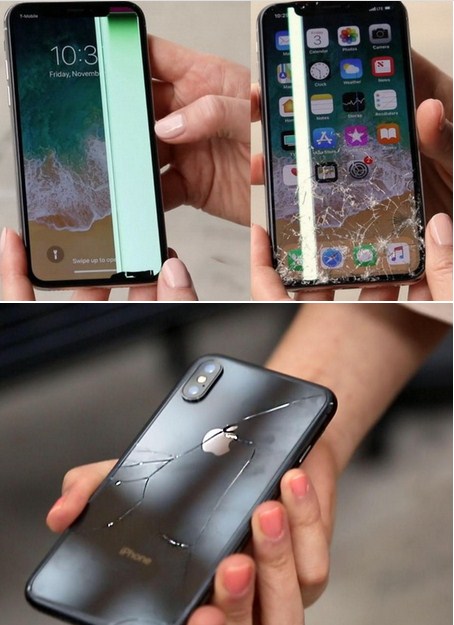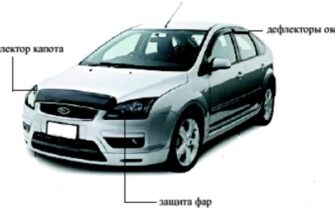Mobile devices are constantly being improved. In 1980 came the first generation of mobile phones, still working on analogue technology. When in the early 1990s, there was a second generation, Analog technology have given way to digital. With the advent of third generation mobile switched to more efficient packet, in which information on the distributed data packets. After another decade, In 2010-h, was the fourth generation, which possessed the technology IP (Internet Protocol), through which mobile devices got high-speed Internet access. Given the history, the appearance of the fifth generation – 5G – потрібно очікувати в 2020-х роках.

Today is unknown, what is the format 5G. This format should provide instant and ubiquitous connectivity. This means, that the future network must have “delay” no longer 5 milliseconds. By the way, 4G-current devices must delay 50 milliseconds, but still common 3G-technology – 500 milliseconds.
The second requirement - level traffic, at least, 1 gigabits per second. 4G-Network, working on LTE technology, can handle only 10-100 megabits per second. Only a small number of mobile operators today moved to t. called. “advanced technology LTE” (advanced LTE), whose peak rate is 1 gigabits per second, and in the wild, usually, kept at 250 Megabits per second. If we take into account a tenfold improvement in standards between generations, increase speed to 1 Gbit / sec is quite realistic.
It is necessary to solve, of which spectrum will be discussed. Today, wireless devices operating in the range of people filled 700 MHz to 2,6 GHz. But do not expect relief network, if 5G-range devices will take, which today use 3G and 4G. Mobile operators will have to continue to provide services to millions of users, which did not immediately replace their new gadgets. The best choice for 5G – move from today's ultra-centimeter waves (3-30 HHC) and even millimeter (30-300 HHC). Today these frequencies using satellite TV, air radar, radio astronomy and amateur radio. There, true, shortcomings. Such high frequencies are blocked by walls and even people. Also, they absorb the atmosphere (Although this effect is significant only at large distances). Therefore 5G will need a large number of base stations.











